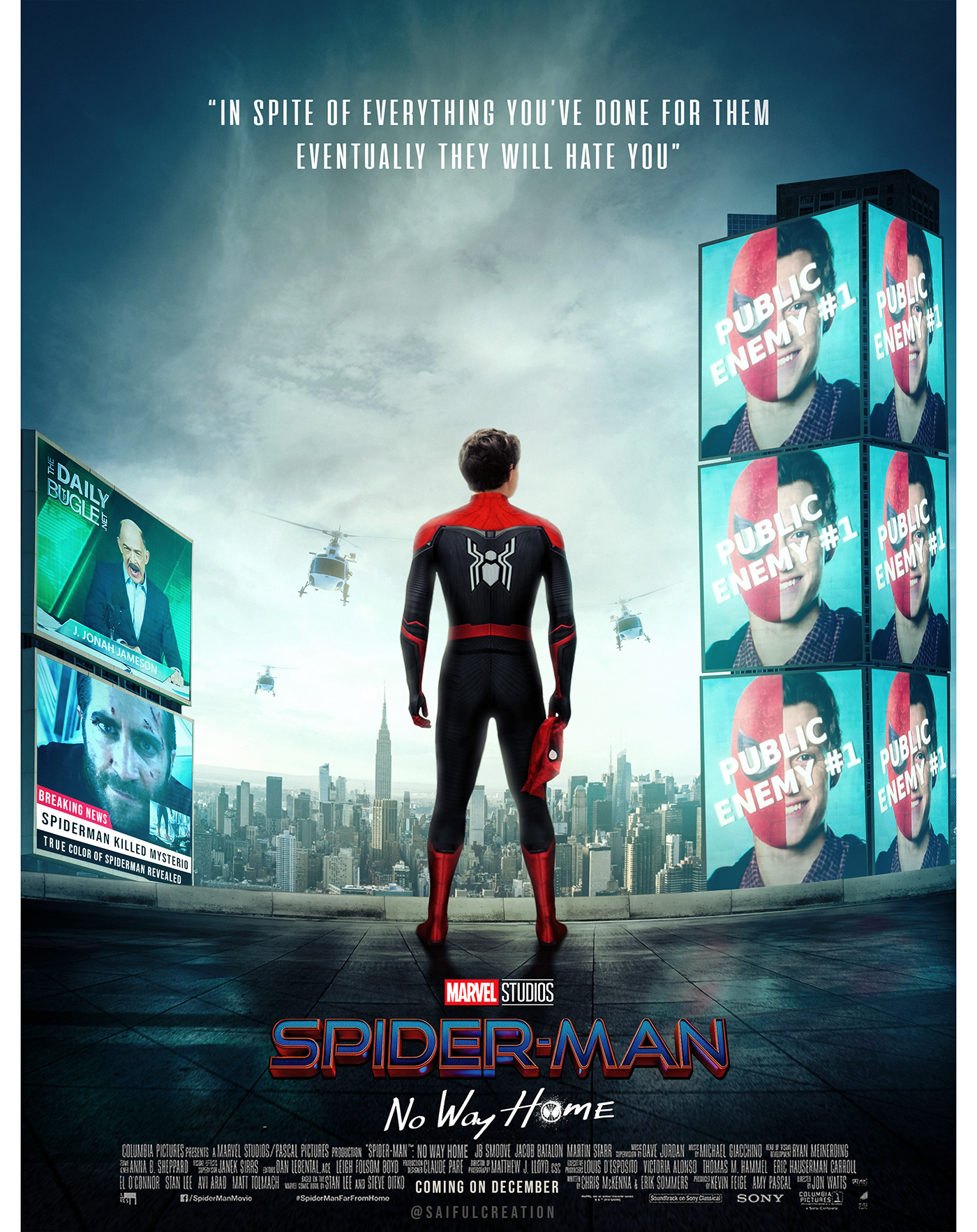Key terminology’s
- Linear – one way straight line of a story or arc
- Chronological – in an order from start to finish
- Sequential – following a sequence
- Circular structure – where a story starts at the end and the end ends at the start
- Time based
- Narrative arc
- Freytag’s Pyramid
- exposition,
- inciting incident,
- rising action,
- climax,
- falling action,
- resolution,
- denouement
- Beginning / middle / end
- Equilibrium
- Disruption
- Transgression – often disequilibrium is caused by societal / moral / ethical transgression (ie challenging Aristotelian virtues)
- New equilibrium
- Peripeteia – a drastic turn of events
- Anagnoresis – A dramatic revelation, that occurs within the main protagonist
- Catharsis – the idea that humans can consume emotions and feelings within a piece of media
- The 3 Unities: Action, Time, Place
- flashback / flash forward
- Foreshadowing
- Ellipsis
- Pathos
- Empathy
- diegetic / non-diegetic
- slow motion
- In Media Res – starting in mid-action
- Metanarratives – drawing attention to the process of storytelling
- Quest narratives
Peripeteia in Blinded by the Light – When the tickets are torn up.
Anagnoresis in Blinded by the Light – When the main characters father is severely injured
Catharsis in Blinded by the Light – At the end of the movie when Bruce Springsteen’s music is played within his father the car.
My film synopsis
within my film i will have a out going teenager who has many friends and family although feels alone within the company he has with him he feels a lack luster of emotions that over whelm him so i will have my character within a large crowded area but a spot light shining up on my character to represent loneliness and that he is in company but alone the contrast in the two will create a sense of emotional anguish and sadness within the first image(?) my character will be facing away from the crowd as my main character is by himself and the back ground characters are talking amongst themselves although around his family he is saddened. For my second image i will have my character within company but he is facing his family with new faces and he has got a happy expression in comparison to the first image his clothes will be a little bit more brighter than the ones in the image before showing that he is taking care of himself.
Todorov
Tztevan Todorov proposed the idea of a Tripartite narrative structure, which breaks down narrative structures into having a beginning, middle and end. He describes these as Equilibrium, Disruption and New Equilibrium.
Equilibrium – State of calmness, things are okay.
Disruption – When something drastic occurs and the protagonist has to reroute his actions in order to solve it.
New Equilibrium – The new state after the disruption has been solved.
Unreliable Narration – Deliberately deceiving audiences and providing plots that reveal unexpected moments.
Frame Stories – Stories told inside of other stories, testing the narrative structure by presenting nested moments of equilibrium and new equilibrium.
Multiperspective narratives – Using viewpoints of different characters and perspectives in a story, and so presenting equilibrium as disruption in another person’s eyes.
Vladimir Propp
Propp’s work suggests that stories use STOCK CHARACTERS to structure stories. This doesn’t mean that the characters are the sae every time, but all stories draw on familiar characters performing similar functions to provide familiar narrative structures. This is important because it means that the products created become reactionary, and sales are more guaranteed in a “risky business” such as the media and creative industry. Examples of stock characters are:
- Hero
- Helper
- Princess
- Villain
- Victim
- Dispatcher
- Father
- False Hero
Often there is a villain who has done something to a victim. This means that we need a hero, who (often) accompanied by a helper is sent out (by a dispatcher) to fight the villain. The dispatcher or similar donor (such as a father figure) prepares the hero in his ‘quest‘ and gives the hero some magical object. The hero generally meets the princess as part of his quest / journey which usually provides a happy ending. During the narrative we (and the princess) may be presented by a false hero.
LEVI – STRAUSS
Levi strause talks about binary oppostites as in the good and bad the positive and the negative. this encourages students to understand narrative as a structure of key (oppositional) themes that underpin action and dialogue to develop a set of messages that the audience are able to decode and understand. this creates a dominant message (ideology) of a film, TV programme, advert, music video, animation etc. So in this way audiences are encouraged to make a judgements about characters, groups, places, history, society. texts can be seen to either support the dominant ideologies of a society, which would make it a reactionary text ,or to challenge, question or undermines the dominant ideologies of society, in which case it could be seen as a radical text.



